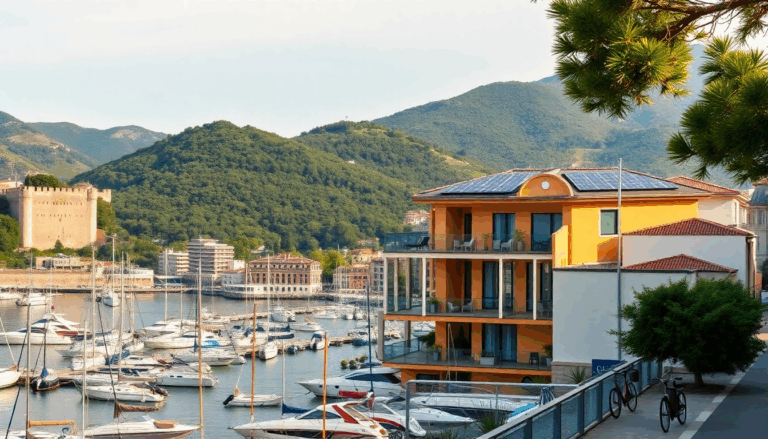In the ever-evolving landscape of real estate, La Spezia is making waves as a sought-after destination for investors in Liguria. But what’s driving this trend in 2024? As we dig deeper, we’ll uncover the dynamics at play and what they mean for future investments. This analysis paints a fascinating picture of a city
that’s gaining traction among investors, fueled by a mix of economic and demographic influences.
Emerging Trends in Sustainability and Investment
Recent data shows that La Spezia has achieved the highest percentage of investment purchases in Liguria, hitting a remarkable 25.0%. This isn’t just a number; it signifies a growing trend where La Spezia stands out alongside Genoa and Savona as a hotspot for real estate opportunities. Looking at the 2024 market dynamics, we see that while
Genoa has also experienced an increase in investment purchases—from 20.1% in 2023 to 23.6%—La Spezia is at the forefront of this surge. So, what’s behind this success? A confluence of favorable economic and demographic factors makes the city an appealing option for investors.
Additionally, the demand for vacation homes is on the rise, particularly in nearby Imperia. With competitive prices compared to other tourist hotspots, it’s no wonder that many are eager to diversify their real estate portfolios. The
appeal of investing in a rapidly growing tourist destination is more evident than ever. Are you considering the benefits of such investments?
The Economic Implications of Real Estate Investment
In 2024, the real estate landscape in Liguria revealed that 19.4% of transactions were made by investors. In contrast, primary residences and vacation homes accounted for 65.1% and 15.5% of total transactions, respectively. These figures indicate a stable market, even with a slight dip from 2023, when investment purchases were at 19.7%. By analyzing where investments are concentrated, we gain further insight into the evolving market dynamics.
It’s also interesting to note the demographic profile of active real estate investors. The age group most engaged in property investments falls between 35 to 54 years, making up 53.4% of buyers. Families dominate the investor landscape, while foreign investors account for 15.3%. This shift points to a more diverse clientele, showcasing how family dynamics influence investment choices. What does this mean for the future of real estate?
Implementing Effective Strategies for Future Investments
Another critical insight from this analysis is the type of properties that attract investors. Notably, two-bedroom apartments are the favorite, representing 33.0% of purchases, closely followed by three-bedroom units at 31.5%. The allure of Liguria, combined with its quality of life, continues to captivate investors. Interestingly, a staggering 89.2% of purchases are made in cash, which reduces risks tied to mortgages and reflects a more cautious investment strategy.
Moreover, it’s fascinating to see a decline in investment purchases among those aged over 64, dropping from 35.1% in 2023 to 25.7% in 2024. This shift could indicate changing demographic trends and investment preferences, highlighting the importance of keeping a close eye on future trends and their implications for the market. What strategies might emerge in response to these evolving dynamics?

